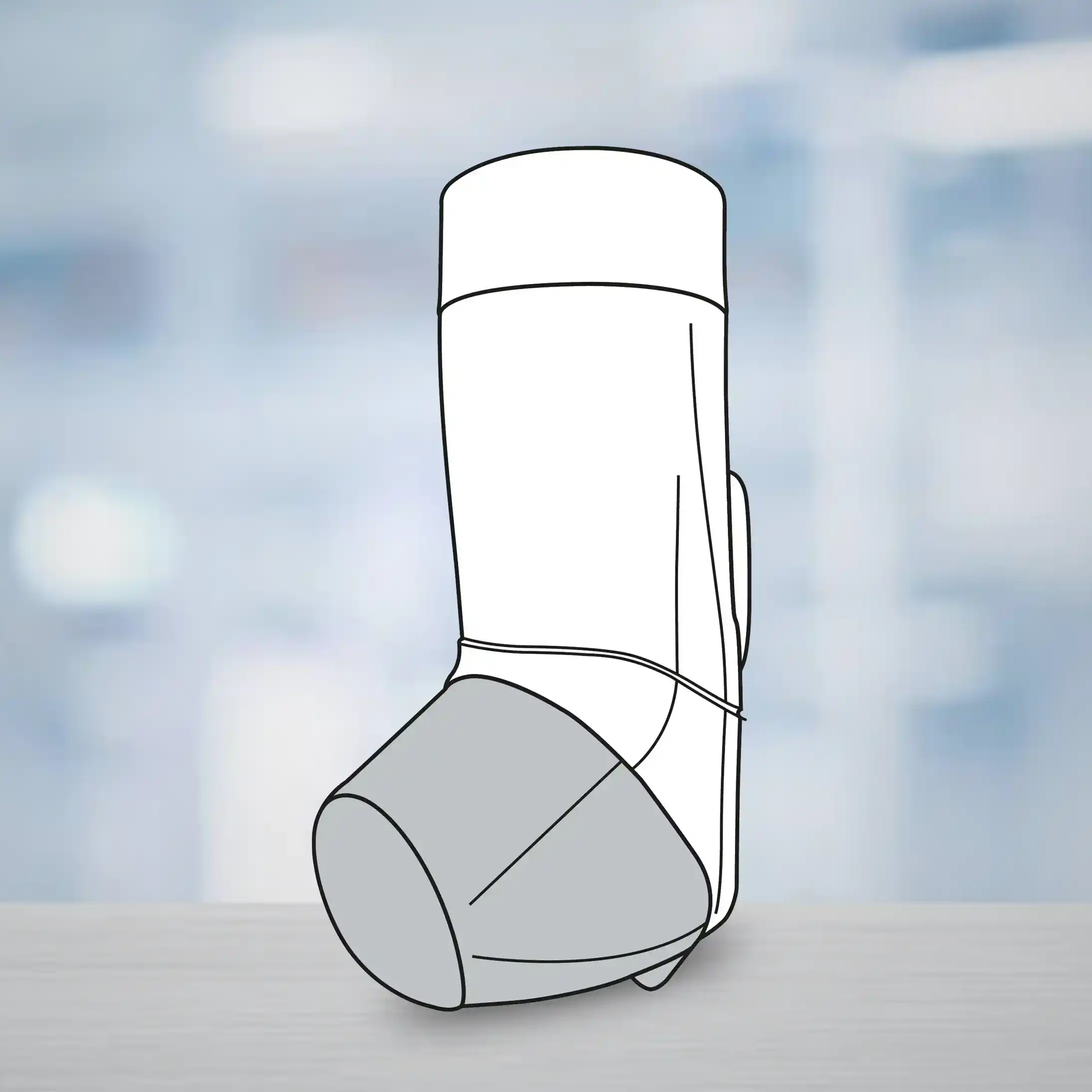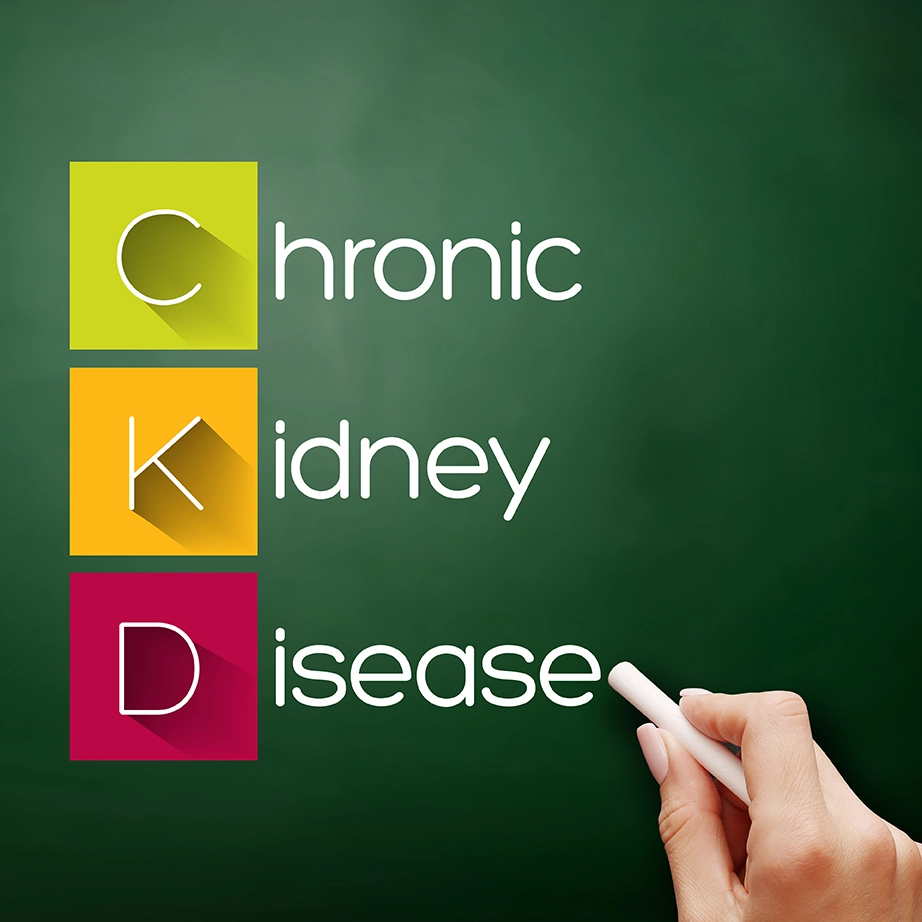Effects of Prophylactic Administration of Rifaximin on Gut Microbiota in Cirrhotic Patients
22 Apr, 22
Introduction
Although rifaximin has been recommended by several guidelines in the prevention and treatment of hepatic encephalopathy (HE), the exact mechanism is not clear. Rifaximin, an antimicrobial agent, is not absorbed from the gut, leading to accumulation in the gut after oral administration. The effect of rifaximin on the gut microbiota and resistome after long-term prophylactic and therapeutic use for HE remains to be elucidated.
Aim
To investigate the dynamic changes in the gut microbiota and effect on resistome in cirrhotic patients after administration of rifaximin for 12 weeks.
Method
Study Design
- Prospective study.
Treatment Strategy
- The eligible cirrhotic patients who were in remission from recurrent HE received rifaximin 400 mg TID for 12 weeks.
- Stool specimens were collected 1 day before the first rifaximin administration and at weeks 1, 2, 4, 6, 8, 10, & 12 of the study.
- The genome sequencing of bacteria present in the stool samples was conducted.
- Antimicrobial resistance genes analysis was performed.
End Points
- Change from baseline in blood ammonia levels
- Changes in composition and diversity of gut microbiota
- Changes in antimicrobial resistance genes
Results
- Out of 30 cirrhotic patients, 21 completed the study.
- Blood ammonia levels gradually decreased from 54.1+14.7 µmol/L to 25.6+9.7 µmol/L during the study period in patients without HE; p<0.05.
- Rifaximin improved cognitive function in all the patients who completed rifaximin treatment.
- There were no significant changes in gut microbiota diversity, composition and the number of resistance genes, plasmids, insertion sequences; p>0.05.
- Diversity of gut microbiota decreased significantly in patients who developed HE as compared to those who did not. Rifaximin had little effect on the diversity of gut microbiota.
- Metabolic pathways such as aromatic amino acids, tryptophan synthesis, urea cycle, and LPS synthesis reduced.
- There was no emergence of any new antimicrobial resistance genes.
- The results revealed that the number of aminoglycosides, rifamycin and phenolic resistance genes increased, whereas tetracycline, fosfomycin and cephamycin decreased (p<0.05).
- Changes in the abundance of E. coli, K. pneumoniae, and B. longum strains correlated with changes of resistance genes.
Conclusions
- Administration of rifaximin for 12 weeks was well tolerated and was associated with improved hyperammonemia and neurophysiological function in cirrhotic patients.
- The findings of this study demonstrated that rifaximin maintained the overall composition and diversity of gut microbiota, which may reduce the abundance of harmful bacteria and increase the abundance of probiotic bacteria.
- These changes may prevent HE by reducing the HE-related metabolic pathways.
- Prophylactic administration of rifaximin did not change the overall type and abundance of drug-resistant genes in the gut microbiota.
Front Cell Infect Microbiol. 2021; 11: 761192. Doi: 10.3389/fcimb.2021.761192.
Related Topics

.svg?iar=0&updated=20230109065058&hash=B8F025B8AA9A24E727DBB30EAED272C8)








